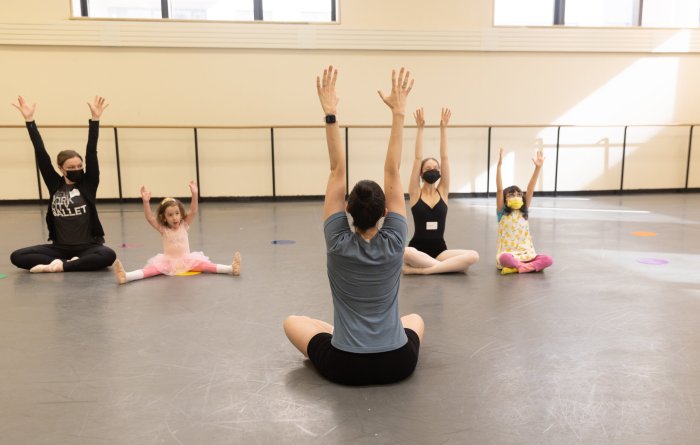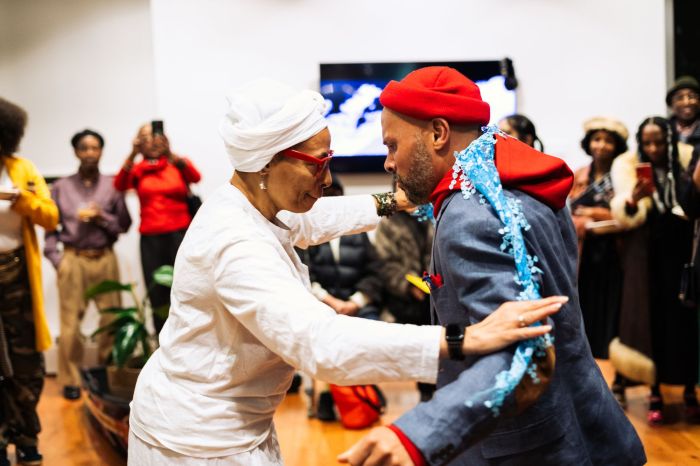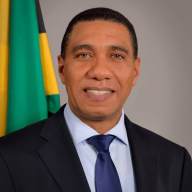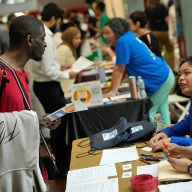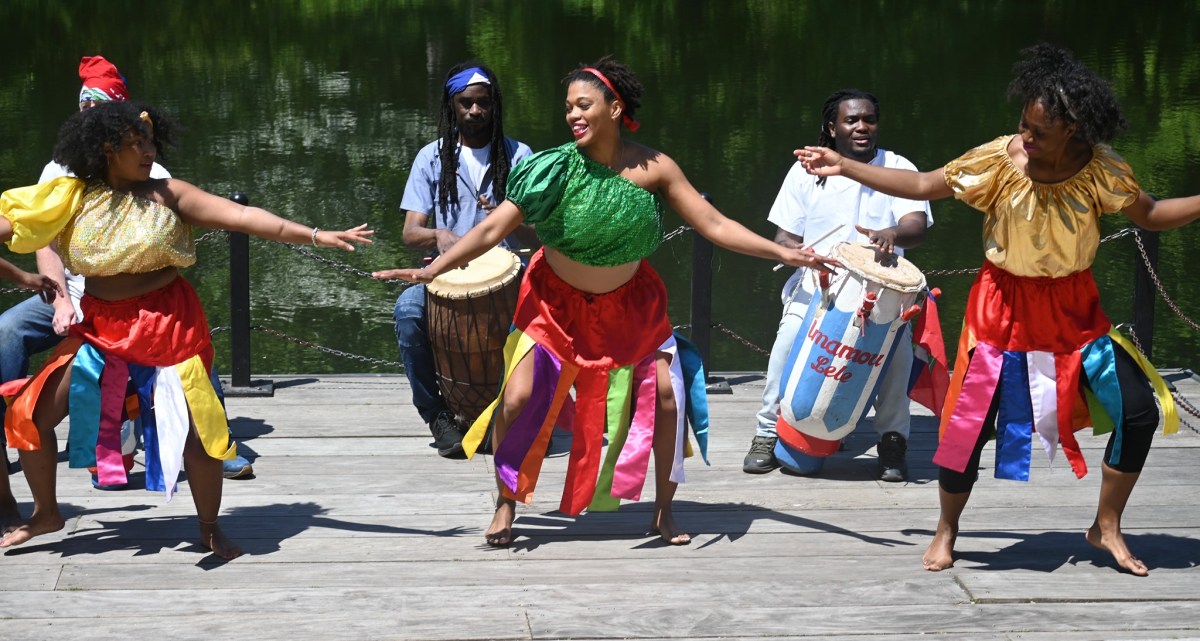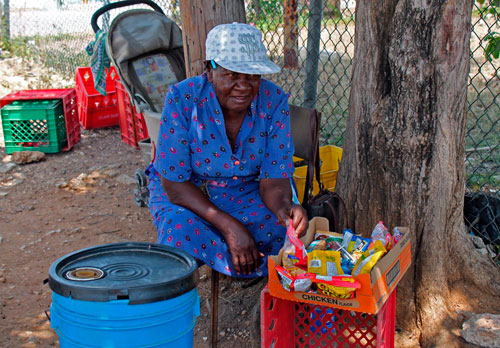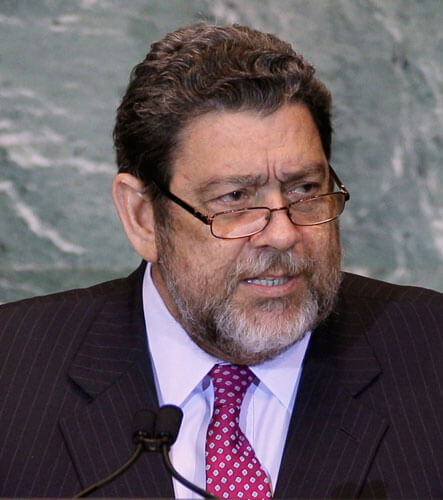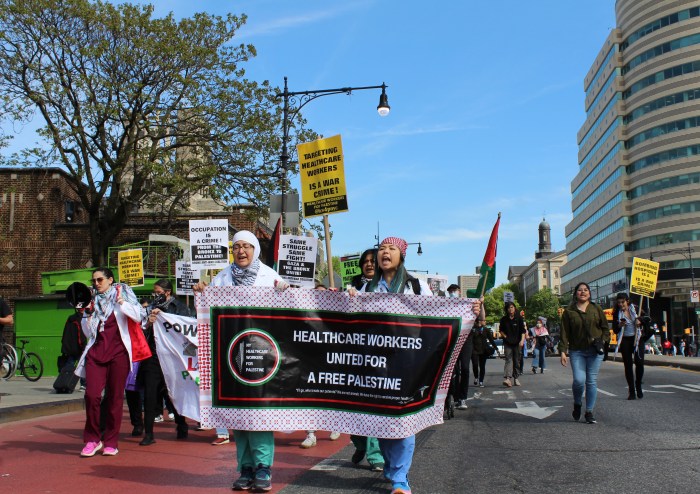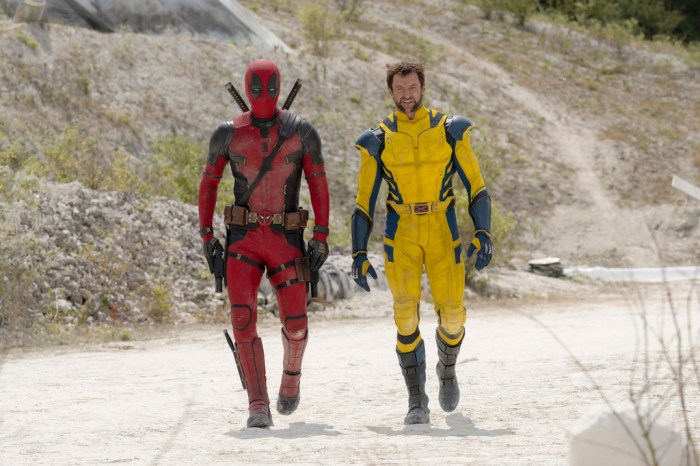On a visit to Jamaica a few years ago, comedian Steve Harvey joked about a loaf of bread costing him J$100. On his return home, he often joked about what seemed an exorbitant price to pay for the combination of flour and water.
If the radio and television talk-show host travels to the island today, he will have to fork over J$250 in dough to pay for that same baked product.
And while that might not impose any hardship to the U.S., millionaire or tourists visiting the island, Jamaicans are feeling the pinch of seeing their currency devalued…again.
Early this week, the value of the Jamaican dollar plummeted against the American dollar.
The alarm went off to many hearing that the value was $99.57. However, by the middle of the week economists described the amount with suspicion saying that the amount parallels the figure set by the International Monetary Fund – the lending institution the Jamaica government petitioned for assistance. Only 43 cents shy of the number referred to as the “magical benchmark” the IMF had set, some believed the devaluation might have been orchestrated to facilitate the application for a US$2 billion bailout from the central bank leaders.
“I believe it is more than coincidental,” an outspoken critic said of the financial plunge.
He expressed the view that there might have been an unstated pre-conditionality of the IMF for the Jamaican dollar to reach a new low of J$100 to US$1 before an agreement was signed with the Fund.
However, financial analyst Colin Bullock said he had no basis to conclude that the IMF wanted the Jamaican dollar to slide to its present value.
One of the conditions of an IMF loan is that the borrowing nation must be “willing to forfeit some of their sovereign authority” in order to prevent a collapse from the global economy. Another condition is that the IMF will also provide advice on methods to improve the Jamaican economy.
By providing the two billion rescue fund, the IMF will help secure the Jamaican currency and encourage stability in the financial sector.
The Jamaican dollar lost 12 percent of its value in the last year and a whopping four percent since the government outlined a deal with the IMF on Ash Wednesday.
“Right now, when mi a buy snack for my daughter, it’s no less than J$2,000. It’s because mi have a discount card why I get it for this price,” a mother told the local newspaper. “It’s just by the mercies of God mi survive but it could be worse. God is taking care of me and my family.”
Those days, she recalled, were in the 1980s and during that period trading of the Jamaican currency did not escalate beyond the J$6.50 to US$1 mark.
And at that time a great many protested even recording dance songs named “Everything Crash.”
“Three thousand-odd dollars and mi nuh get half a weh mi want yet,” another national lamented. “Mi did waan three sardines and a only one mi could afford. You nuh see seh the country mash up?”
Tourism can benefit.
Hotels charge their visitors in U.S. dollars while most of their costs are paid in Jamaica dollars. Hotel owners pay wages, utilities and taxes in Jamaican dollars.
Reportedly, one-third of Jamaican households live on US$ remittances received from family members in the U.S.
When the Jamaican dollar slides, transfers by Money Gram or Western Union gain extended value.
With inflation running at nine percent and cuts in services, citizens may have to brace for more than a pinch. Allegedly, planned spending on national security is down by four percent. The police training budget was reportedly snipped. Education spending has also been slashed by five percent.
Reportedly, China will lend Jamaica approximately 20 percent of their capital budget. Terms for repayment of the US$300 million loan will be spread over a much longer period than the IMF amount. Those funds will allegedly be used for a major infrastructure development project.



